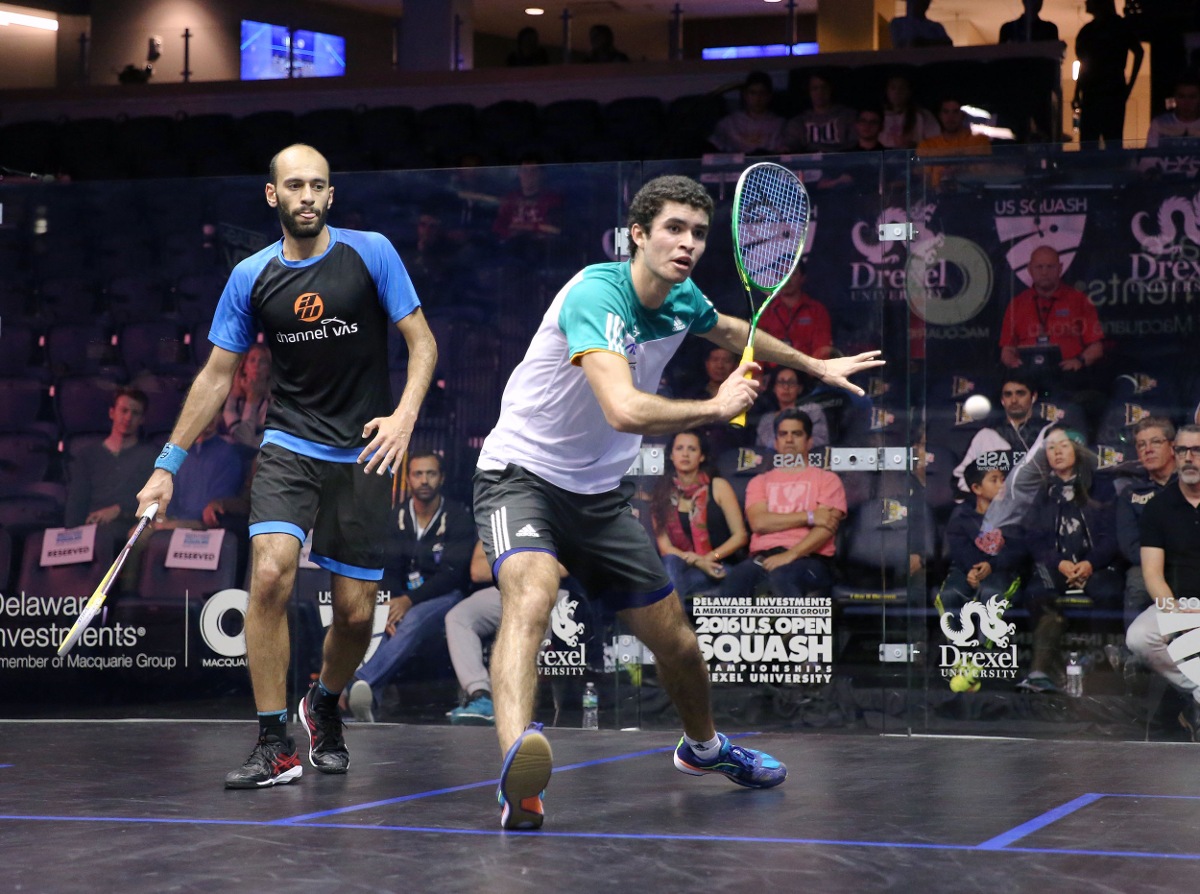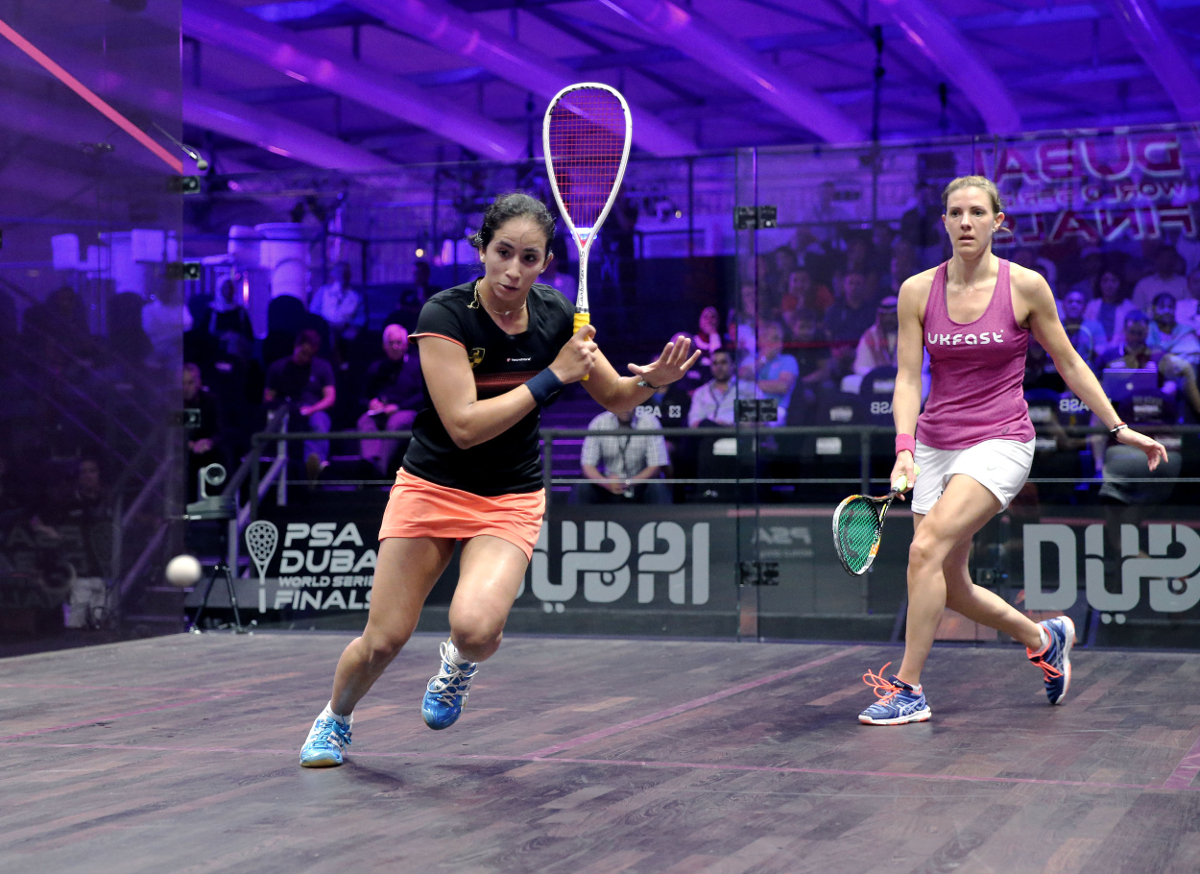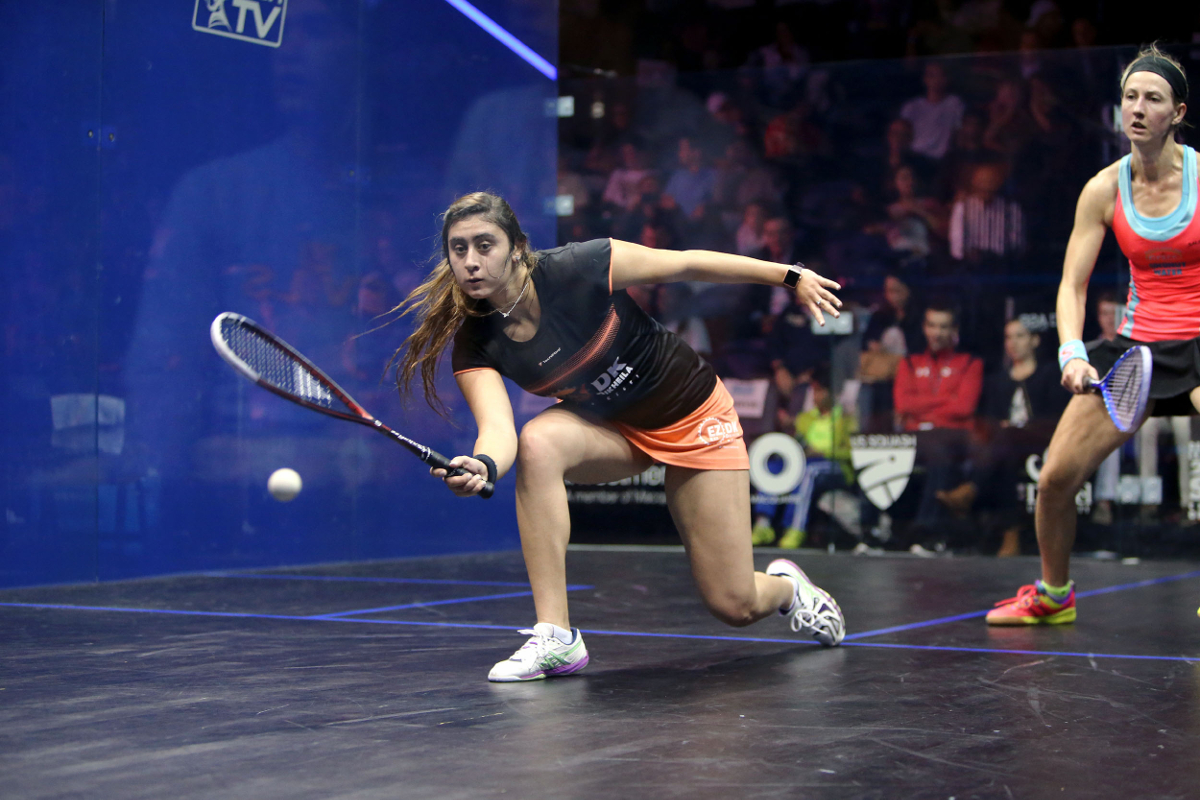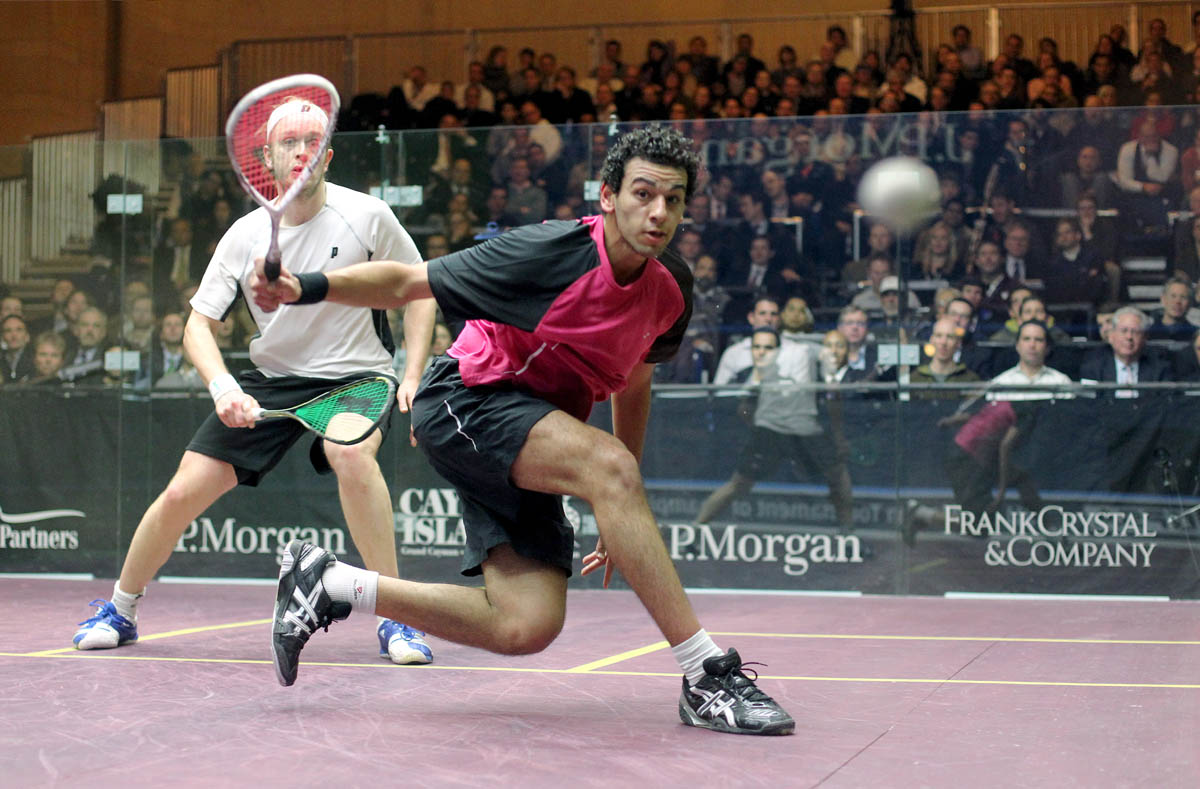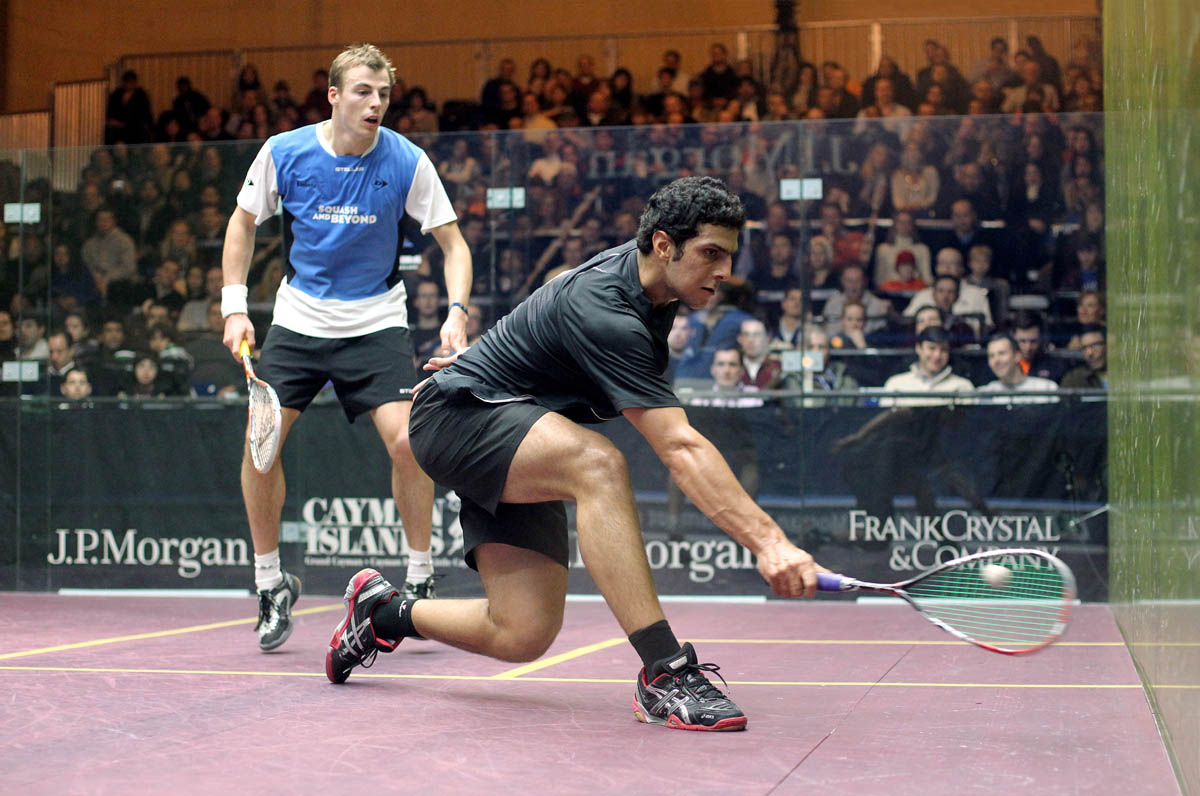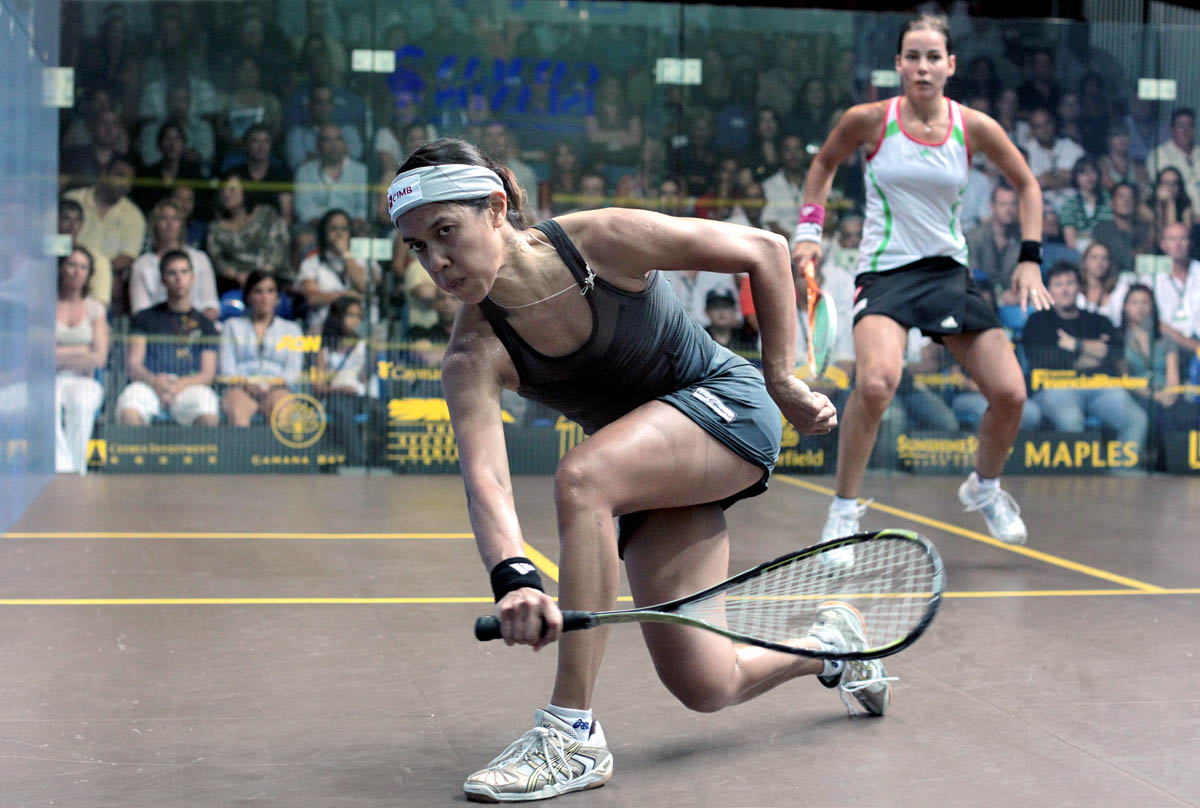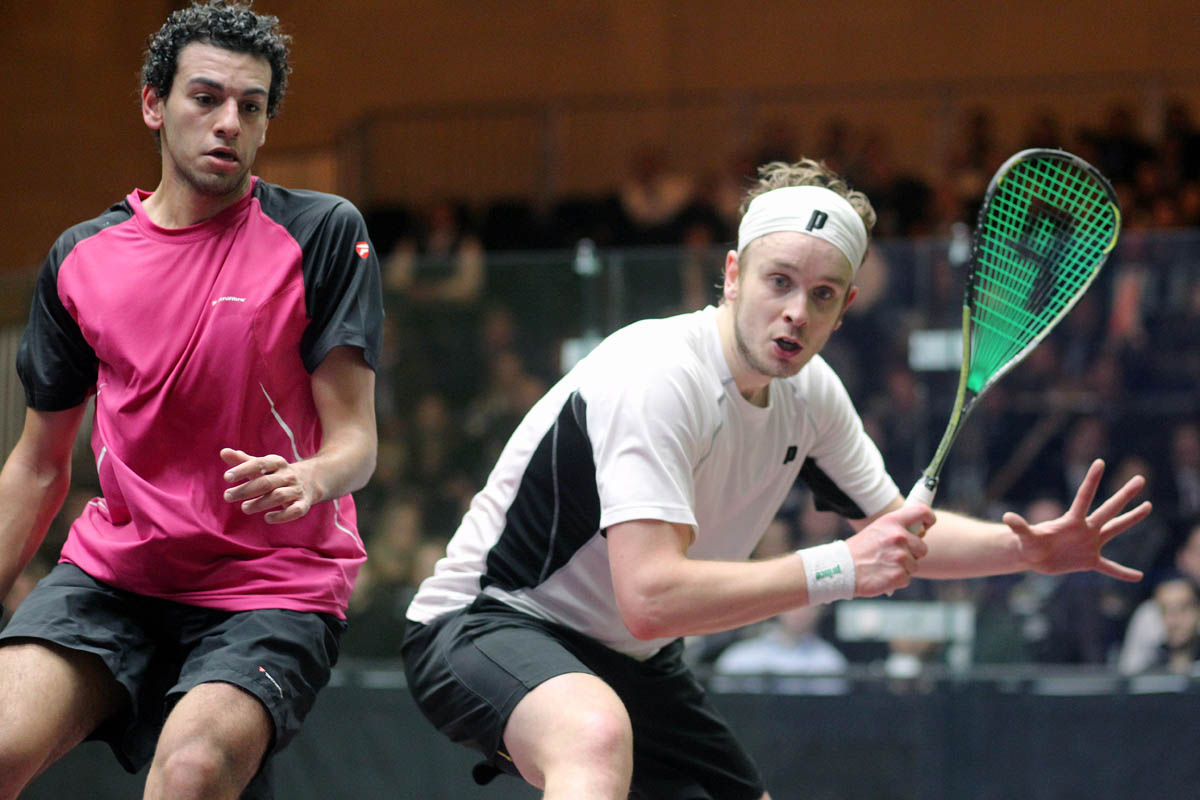Solo Feeds - Forehand
Introduction
As previously stated the basic forehand technique is not a singular basic technique but a basic swing which enables three other basic swings. Furthermore, it is the Forehand Open Plane Swing which the player should initially learn via Goal Setting and Sequencing, as this swing is the natural initiator of the other three swings.
The player needs to incorporate Sequencing, Segmented Ghosting also known as Role Playing, Visualisation and Goal Setting.
After Segmented Ghosting the player ghosts the holistic swing without and then with the ball.
When learning the player should focus on the various technical aspects of the swing and in particular the back swing's initial opening of the racquet face it's why and how. The player sequentially segments the swing.
The first segment of the back swing opening the face (supination) between 30-45 degrees being the most important. The player should maintain the angle throughout the entire backswing.
The second segment of the back swing the 90 degree angle at both the armpit and elbow, respectively.
The third segment of the forward swing squaring the racquet face (pronation) just before or on contact.
The fourth segment of the forward swing that after completion of the swing's follow through that the elbow point is facing the floor and the angle at the elbow is approximately 90 degrees, respectively.
It is critical that the player practises solo without a ball by ghosting while segmenting the swing.
The Forehand Open Plane Swing
The player uses Segmented Ghosting and visually checks which assists with Visualisation when learning the swing.
Initially, the player practises without the ball. On the backswing the player focuses by visualising on maintaining the open face at an angle between 30 and 45 degrees.
The player practising solo The Forehand Open Plane Swing
The player is ghosting the slice drop and the volley drops at varying heights. The player swings slowly while focusing on the segments of the swing.
The Forehand Return Of Serve
Primarily, this solo routine is focused on encouraging the player to volley
When returning serve The Open Plane Swing encourages the player to hunt and volley before the ball hits the sidewall.
The Forehand Open To Closed Plane Swing
The second swing which is enabled by the Forehand Open Plane Swing is the Forehand Open To Closed Plane Swing. Again the major focus is on the first segment opening the face.
The player uses Segmented Ghosting and visually checks which assists with Visualisation when learning the swing.
Initially, the player practises by ghosting without the ball. On the backswing the player focuses by visualising on opening the face before starting to close it.
Hitting the ball off the back wall with The Open To Closed Plane Swing
This technique is normally adopted when there is enough rebound that does not require the player to improvise and not too much rebound that allows the player to plant either foot just prior to contact.
After the player is familiar with the Generic Movement Pattern from the T Area to the D1 Zone the player then practises solo ghosting, without the ball, from the iD1 Zone with the identical final step hit of the Generic Movement Pattern. The player with the ball in hand pretends to throw the ball off the back wall before step hitting. The player continues with Solo Ghosting before actually throwing the ball. The player focuses on each segment sequentially before moving onto the next.
After adopting the starting position, with the racquet face closed and the left foot forward the player ghosts throwing the ball and steps while concentrating on the downswing moving parallel with the back wall before focusing on an imaginary contact area. After contact the player concentrates on the follow through being as straight as possible and clearing the hitting area with the left foot. The player completes the follow through.
The Forehand Return Of Serve
Primarily, this solo routine is focused on encouraging the player to volley
When unable to volley before the ball hits the sidewall The Open To Closed Plane Swing encourages the player to volley off the wall.
The Forehand Open To Extended Plane Swing
The third swing which is enabled by the Forehand Open Plane Swing is the Forehand Open To Extended Plane Swing. Again the major focus is on the first segment opening the face past 45 degrees.
The player uses Segmented Ghosting and visually checks which assists when learning the swing.
Initially, the player practises without the ball. On the backswing the player focuses by visualising on opening the face past 45 degrees.
The Forehand Restricted Open Plane Swing
The fourth swing which is enabled by the Forehand Open Plane Swing is the Forehand Restricted Open Plane Swing. Again the major focus is on the first segment opening the face, however, restricting the arm lift.
The player uses Segmented Ghosting and visually checks which assists when learning the swing.
Initially, the player practises without the ball. On the backswing the player focuses by visualising on opening the face, however, restricting the arm lift to a maximum of 45 degrees.
After the player has done holistic ghosting the player then introduces The Matchplay Solo Ghosting Routine
My Swing
The Backhand Open Plane Swings are also depicted
Ambidextrous Swing
The Grip - Solo Routine
The Ambidextrous Grip
Using The Forehand Open Plane Swing on both the backhand side and forehand side by initially gripping the racquet with both hands (like a tennis player) and after identifying what side the ball is going releasing one hand and hitting the ball with a forehand with the other hand.
The player grips the racquet handle with both hands each using the Neutral Grip.
Segmented Ghosting
The player practises the identical orthodox forehand segmented ghosting routines with the left hand.
After the player has done holistic ghosting the player then introduces The Matchplay Solo Ghosting Routine
The Forehand Open Plane Ambidextrous Swing (The Nash Swing)
Copyright South Australia Squash Academy Michael Nash All Rights Reserved


